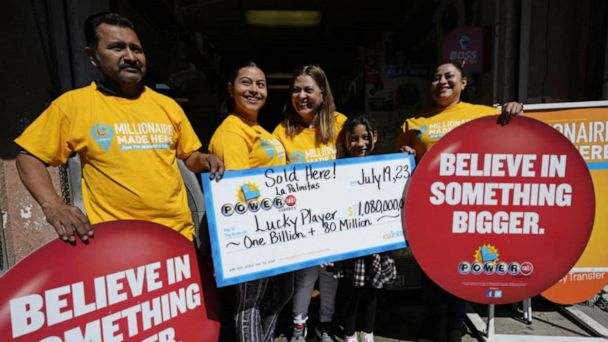Wikipedia

If you have high blood pressure, it’s increasingly likely that your doctor or your insurer will offer you a blood pressure cuff or an educational app to help you get it under control. While potentially impactful, these tools may not be reaching marginalized people who don’t regularly have access to good health care — and who may benefit the most from the tools.
A new analysis suggests that there ought to be more investment in novel hypertension programs for people experiencing health disparities.The meta-review of 28 studies of digital health interventions for people of color and low-income patients found that as a whole participants saw a statistically significant and clinically meaningful reduction in average systolic blood pressure compared to control groups. In total, the analysis included more than 8,000 participants; most of the studies followed participants for six or 12 months. The results, published Wednesday in JAMA Network Open, are consistent with studies of digital tools in the general population.
advertisement
Joseph Ebinger, of the Smidt Heart Institute at Cedars-Sinai in Los Angeles, who was not involved in the study, said it provides needed evidence that “there are tools that exist to be able to help meet individuals where they are in the world, and they should be utilized more heavily.”

Get unlimited access to award-winning journalism and exclusive events.
Subscribe Log In







